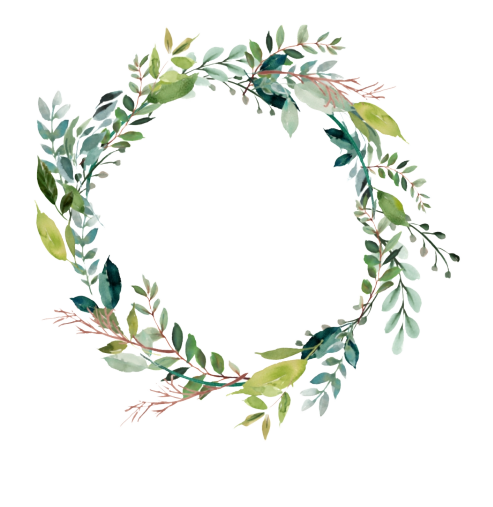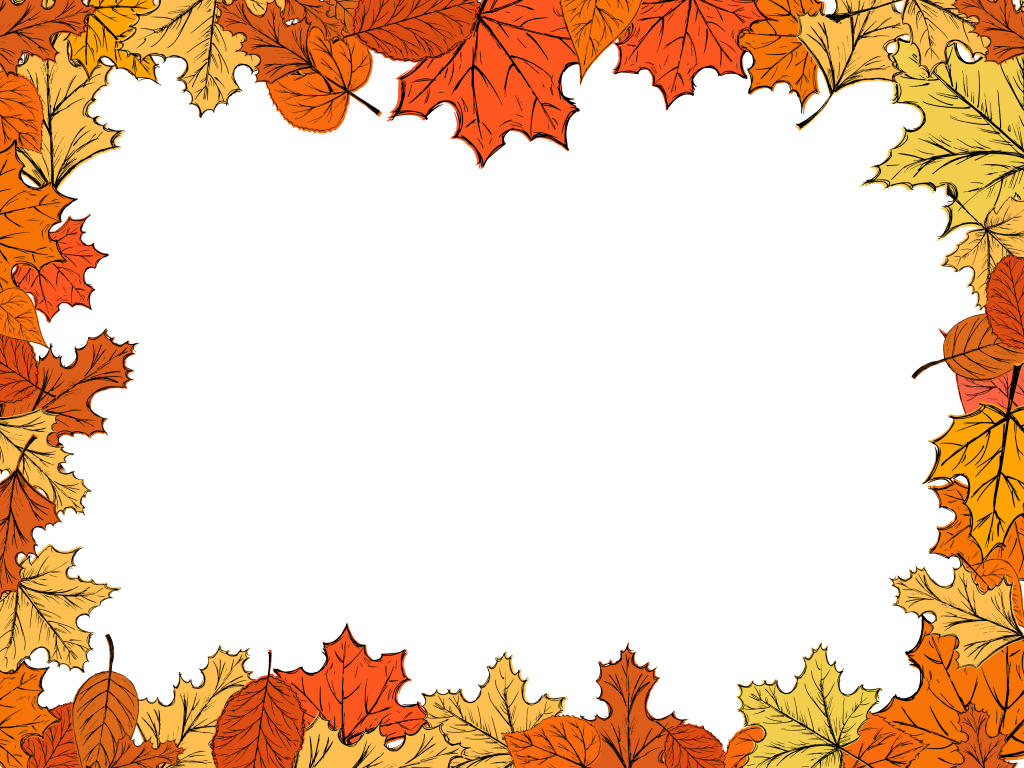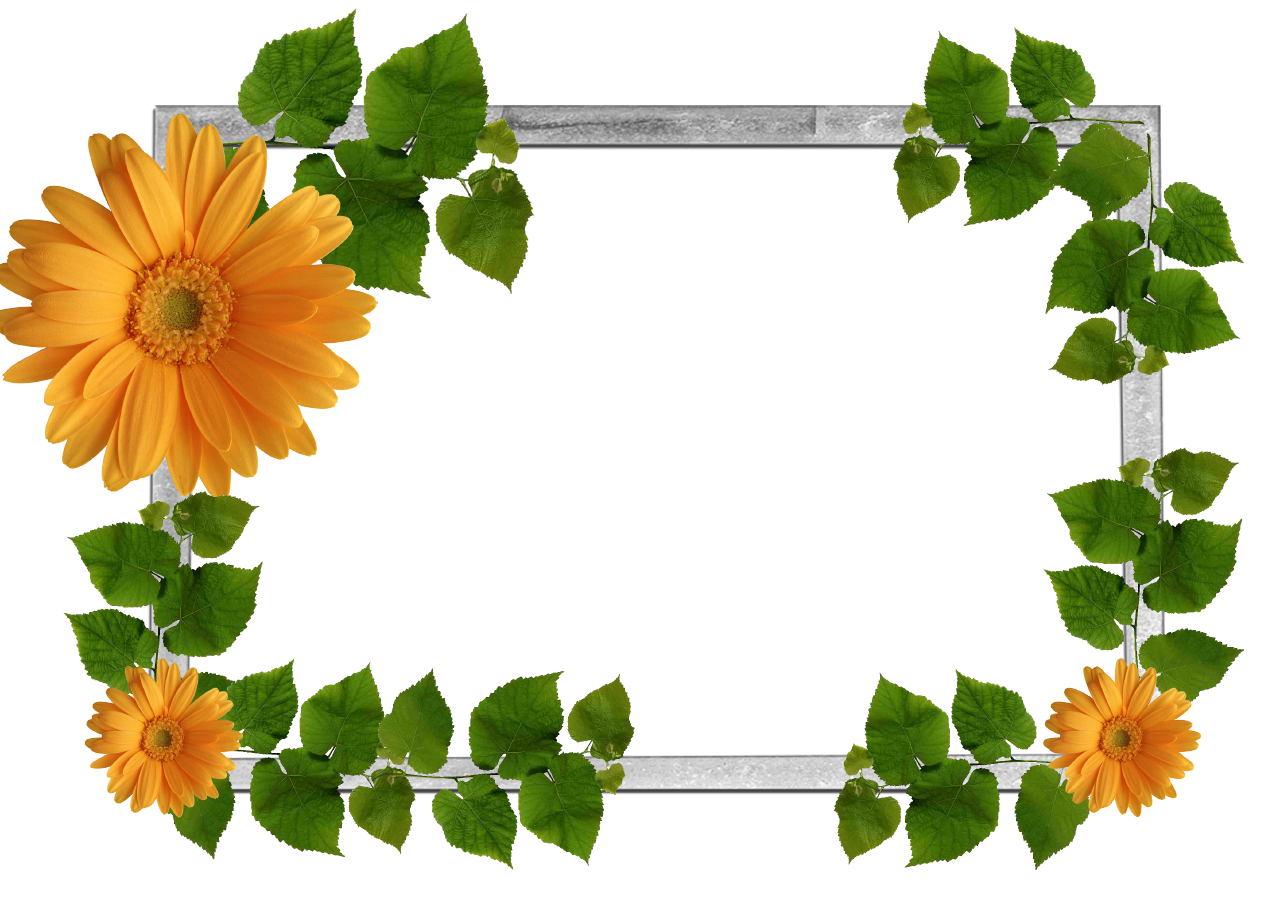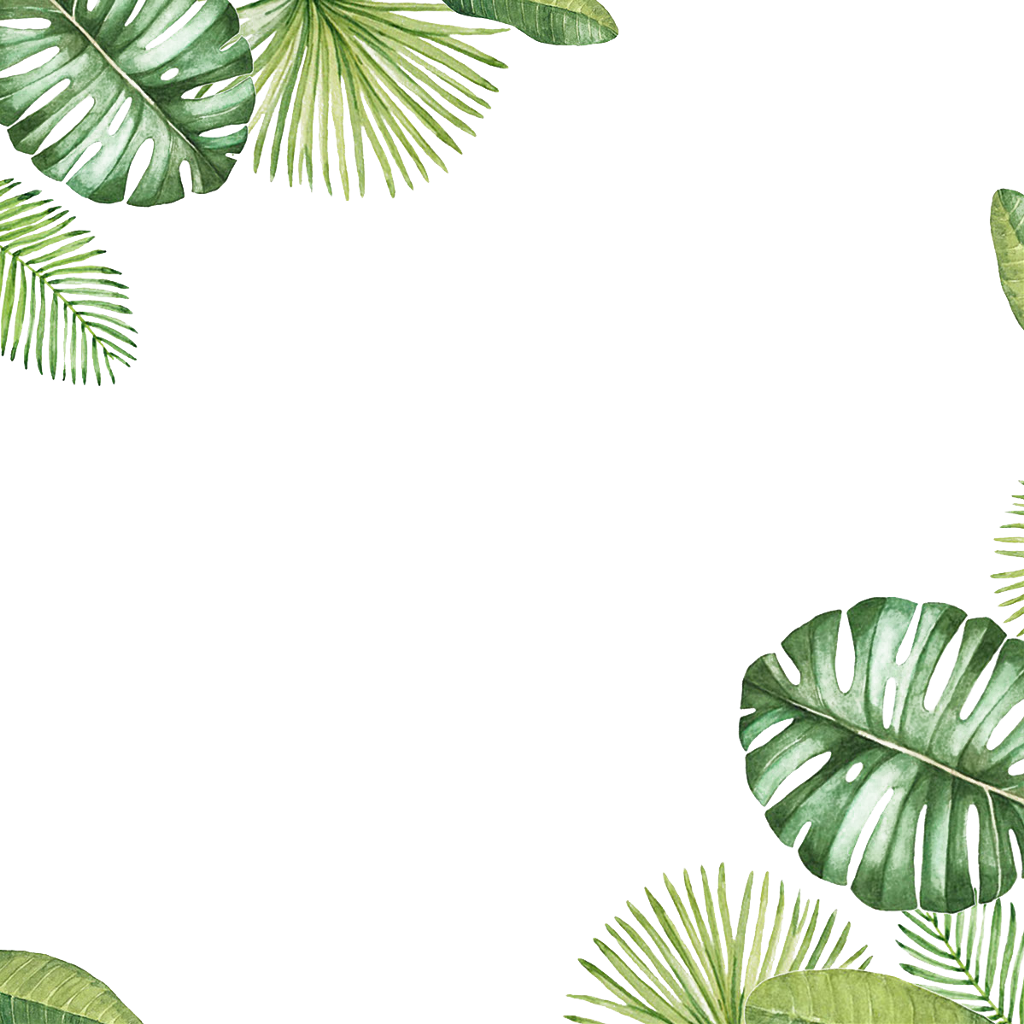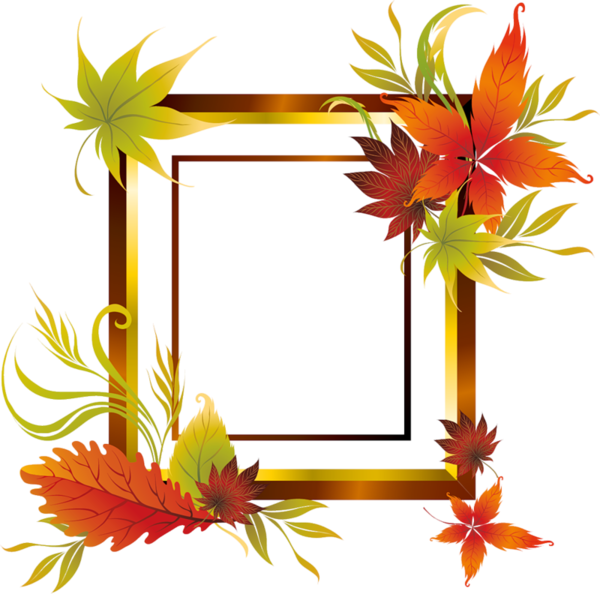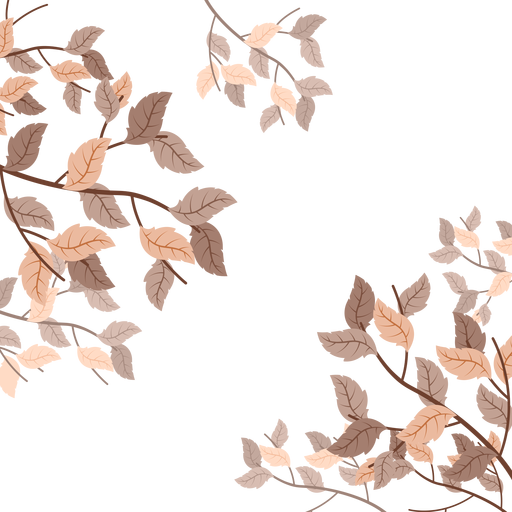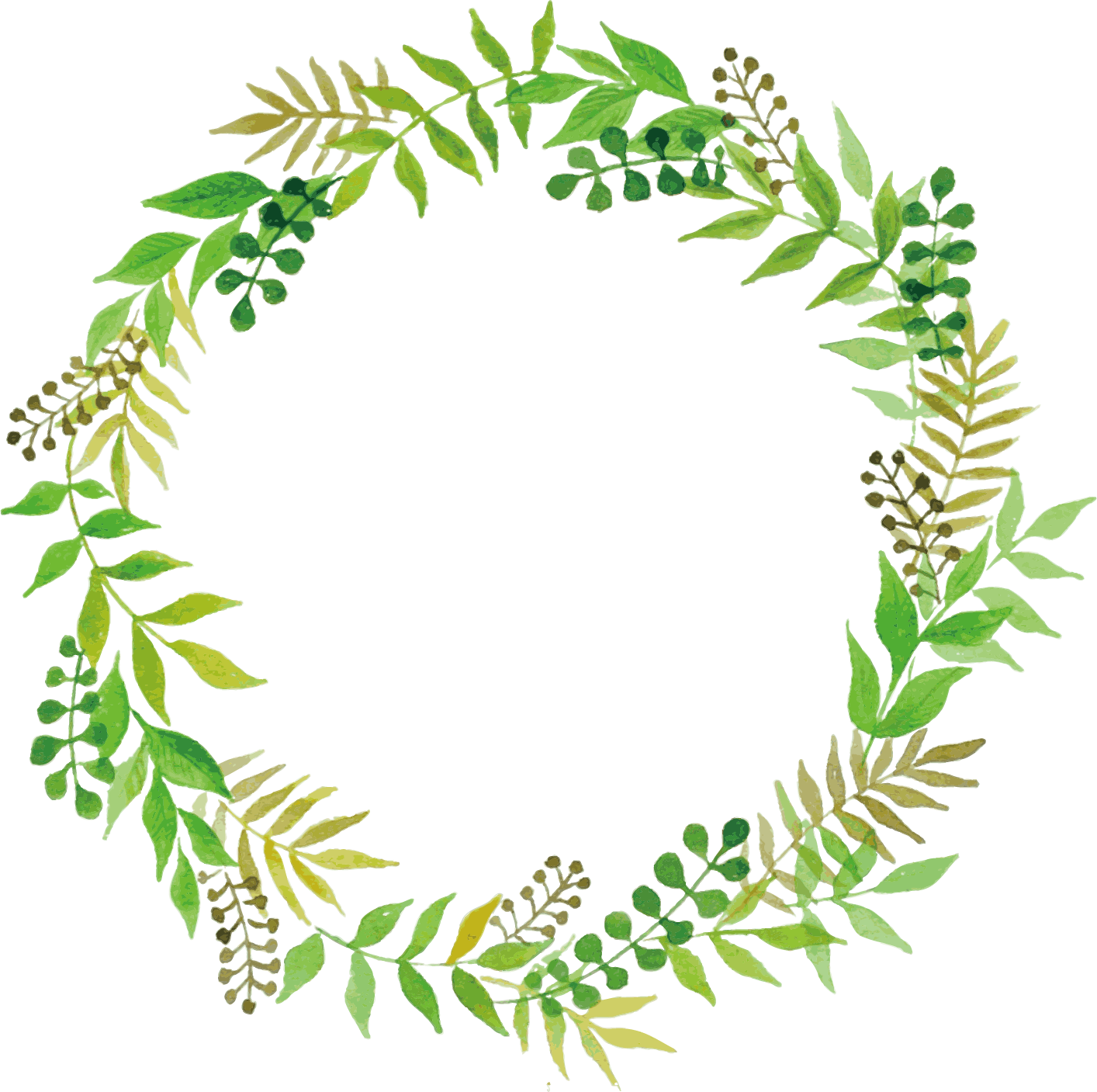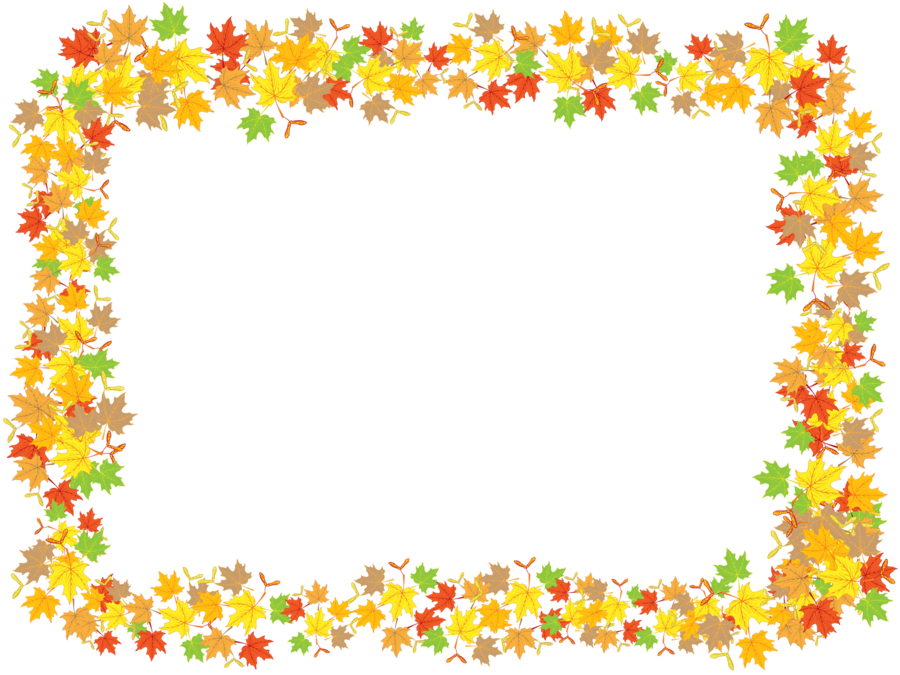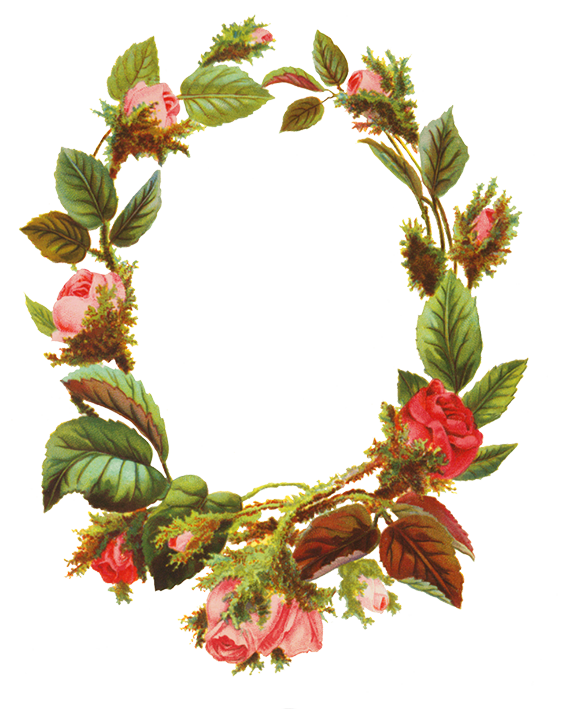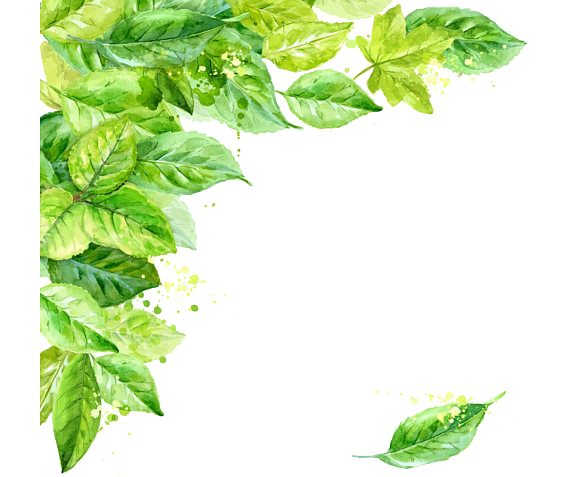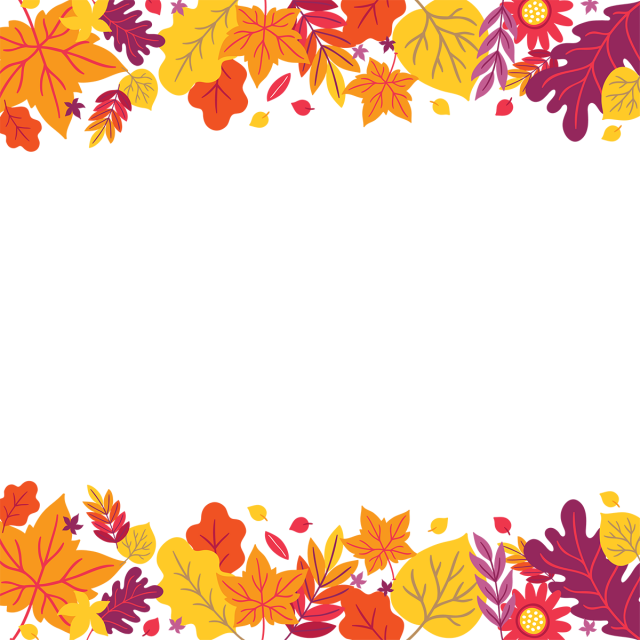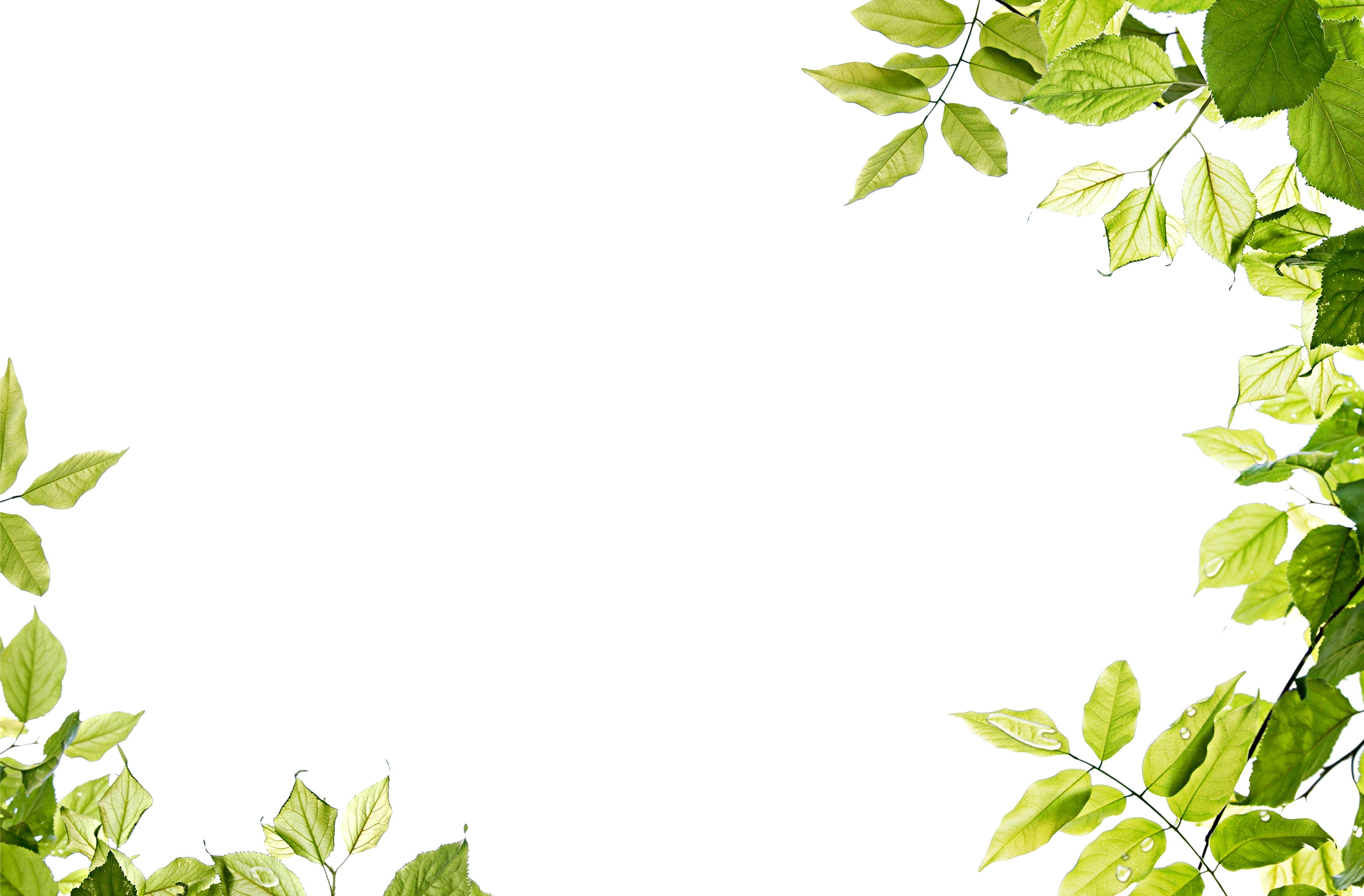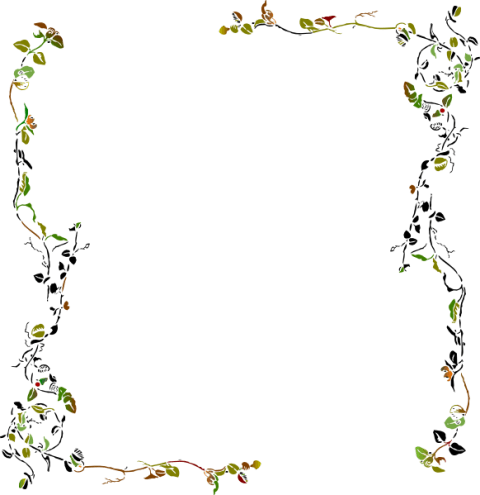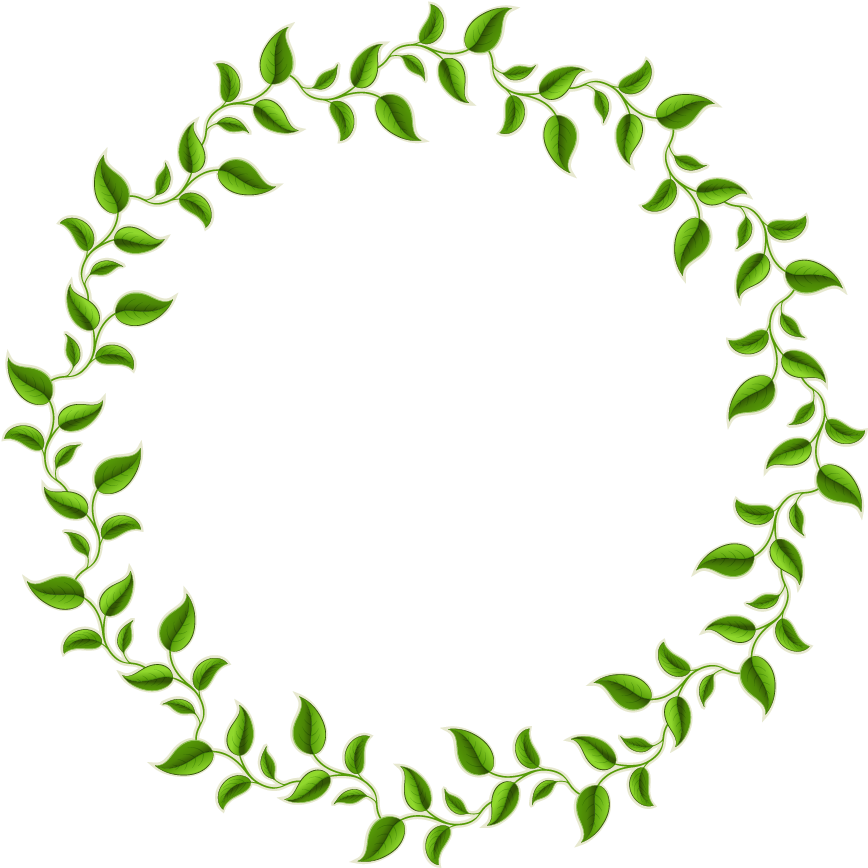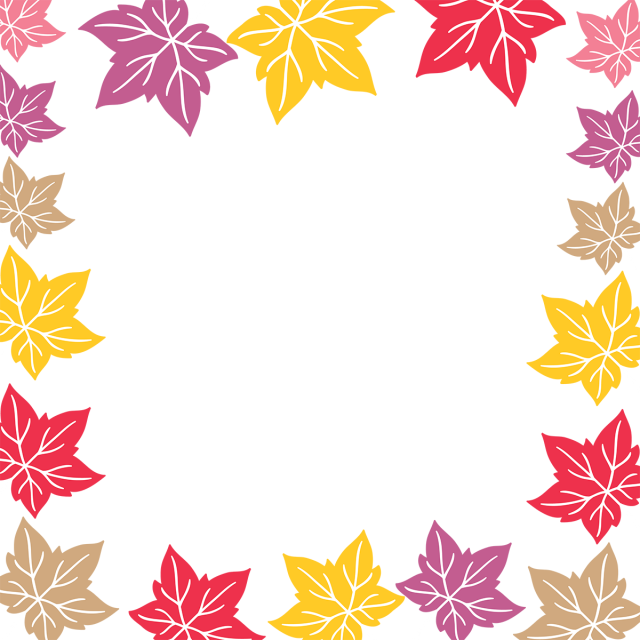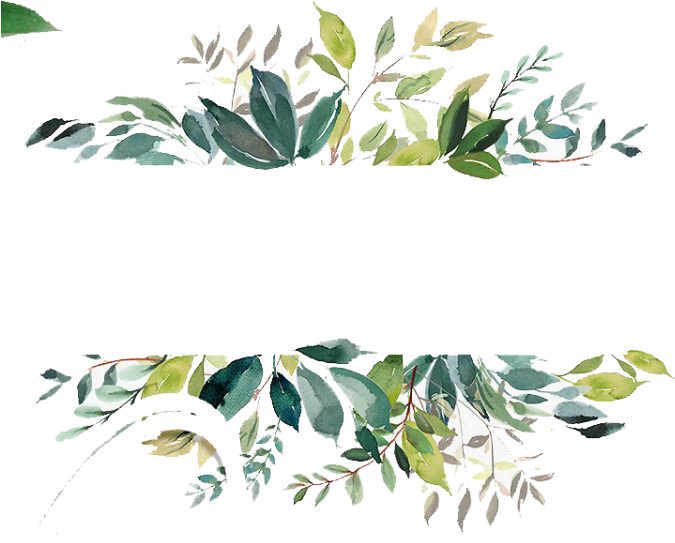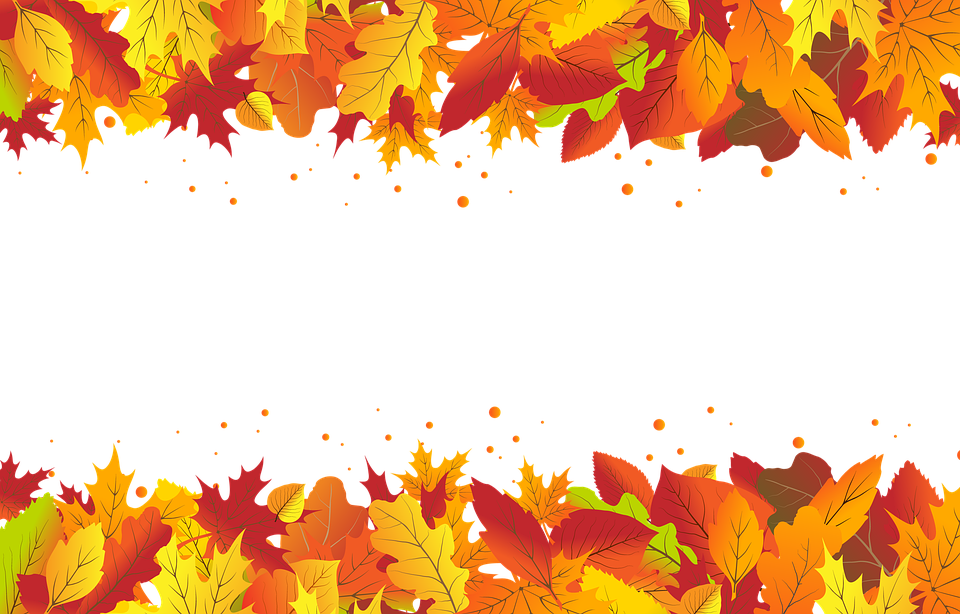Download top and best high-quality free Leaf Frame PNG Transparent Images backgrounds available in various sizes. To view the full PNG size resolution click on any of the below image thumbnail.
License Info: Creative Commons 4.0 BY-NC
A picture frame is a decorative and protective border around an image, such as a painting or photograph. It makes exhibiting the work safer and easier, because it distinguishes the image from its surrounds while also artistically blending it in.
Wooden picture frames have long been popular because they give strength, can be moulded into a wide range of shapes, and may be treated with a number of surface treatments. Metals such as silver, bronze, and aluminum, as well as rigid polymers such as polystyrene, are examples of other materials. Any color or texture can be used on the frame surface.
Although many alternative surfaces are available in most frame companies, both real gilding and fake gold remain popular. Extensive molding on certain picture frames may allude to the subject matter. Over a wood basis, intricate designs are frequently made of molded, then gilded plaster. Picture frame mouldings are available in a broad range of profiles, most of which are in the shape of a L with an upward “lip” and a horizontal rabbet.
The rabbet serves as a shelf to support the frame glazing (if any), some form of spacer or mat/matte to keep the item secure behind the inner surface of the glazing, the object itself, and backing boards to protect the piece from physical damage and pollution. The lip rises a corresponding distance from the rabbet’s edge. It holds things in place in the frame and may be used to either set off or show the image.
A protective “glazing” of picture framing glass or acrylic sheet, such as Acrylite or Plexiglas, may be present in the picture frame. No glazing may be utilized if the art in the frame is deemed disposable or if the display atmosphere is well regulated. Significant advancements in the fabrication of picture glazings have been achieved since the 1980s, resulting in a far greater choice of alternatives in both glass and acrylic goods.
When deciding which to use, consider the following aspects of each object: size, media utilized, media condition, perceived worth of the piece, and planned usage of the object, such as lengthy display periods or travel. It’s a good idea to seek advice from an expert art framer or conservator to assist you make the best decision. Anti-reflective coatings are now available on both picture frame glass and acrylic sheet, making the glazing nearly transparent in normal lighting circumstances.
A UV filter should be used to exclude practically all ultraviolet light from penetrating the glass, save for photographs of only brief interest. The photocatalytic destruction of organic components in the image is slowed by this filter. Anti-static qualities are present in both glass and acrylic glazings. For items containing friable or deteriorated media, which would be dragged off the object and onto the glazing by static electric forces, this option is required.
Except for the most disposable or temporary displays, the glazing must be kept off the picture’s surface to prevent the object from adhering to the underside of the glazing, developing irreversible color changes due to compression of the media, and/or developing mold growths that would not otherwise occur.
A mat, “spacers” tucked below the glazing and concealed from view by the lip of the moulding, shadowboxing, sandwiching the glazing between two mouldings, and other similar methods are used to achieve this separation. It’s also vital to relieve the glazing in order to avoid smudging loose media like charcoal or pastel.
Between the frame and the image, a passe-partout (or mat) can be used. The passe-partout has two functions: first, it keeps the picture from hitting the glass, and second, it frames the image and improves its aesthetic attractiveness.
The back of the framed artwork is likewise treated differently. To defend against physical impacts and the intrusion of dirt, insects, dampness, and contaminants, all frame packages should include some form of rigid, solid board.
The backboard(s) should be constructed of superior archival-quality material, such as matboard, except for temporary exhibitions of throwaway goods. Corrugated boards of archival grade, both paper and plastic, are occasionally used, as are foam-core boards labeled as archival quality. The assistance of a professional is invaluable in many aspects of proper framing.
Download Leaf Frame PNG images transparent gallery.
- Leaf Frame PNG Image File
Resolution: 980 × 980
Size: 90 KB
Image Format: .png
Download
- Leaf Frame PNG
Resolution: 493 × 507
Size: 196 KB
Image Format: .png
Download
- Leaf Frame Border PNG Clipart
Resolution: 1024 × 768
Size: 521 KB
Image Format: .png
Download
- Leaf Frame PNG Pic
Resolution: 1043 × 980
Size: 98 KB
Image Format: .png
Download
- Leaf Frame PNG File
Resolution: 915 × 864
Size: 670 KB
Image Format: .png
Download
- Leaf Frame Border PNG Picture
Resolution: 1280 × 904
Size: 878 KB
Image Format: .png
Download
- Leaf Frame Border PNG HD Image
Resolution: 720 × 720
Size: 380 KB
Image Format: .png
Download
- Leaf Frame PNG Image
Resolution: 1200 × 1200
Size: 1350 KB
Image Format: .png
Download
- Leaf Frame Border PNG Image HD
Resolution: 720 × 720
Size: 184 KB
Image Format: .png
Download
- Leaf Frame Border PNG
Resolution: 960 × 711
Size: 222 KB
Image Format: .png
Download
- Leaf Frame Border PNG Pic
Resolution: 960 × 576
Size: 741 KB
Image Format: .png
Download
- Leaf Frame Border PNG File
Resolution: 512 × 512
Size: 116 KB
Image Format: .png
Download
- Leaf Frame PNG Photo
Resolution: 1024 × 1024
Size: 824 KB
Image Format: .png
Download
- Leaf Frame Border PNG Image
Resolution: 640 × 640
Size: 346 KB
Image Format: .png
Download
- Leaf Frame Border PNG Photo
Resolution: 900 × 1186
Size: 629 KB
Image Format: .png
Download
- Leaf Frame PNG Cutout
Resolution: 600 × 594
Size: 299 KB
Image Format: .png
Download
- Leaf Frame PNG Images
Resolution: 700 × 691
Size: 129 KB
Image Format: .png
Download
- Leaf Frame PNG Photos
Resolution: 1521 × 2048
Size: 638 KB
Image Format: .png
Download
- Leaf Frame Transparent
Resolution: 512 × 512
Size: 191 KB
Image Format: .png
Download
- Leaf Frame
Resolution: 979 × 951
Size: 1124 KB
Image Format: .png
Download
- Leaf Frame PNG Clipart
Resolution: 1414 × 1407
Size: 926 KB
Image Format: .png
Download
- Leaf Frame PNG Picture
Resolution: 900 × 675
Size: 578 KB
Image Format: .png
Download
- Leaf Frame PNG HD Image
Resolution: 565 × 709
Size: 466 KB
Image Format: .png
Download
- Leaf Frame PNG Image HD
Resolution: 570 × 477
Size: 278 KB
Image Format: .png
Download
- Leaf Frame Border
Resolution: 640 × 640
Size: 195 KB
Image Format: .png
Download
- Leaf Frame Border PNG Cutout
Resolution: 3500 × 2300
Size: 3597 KB
Image Format: .png
Download
- Leaf Frame Border PNG Images
Resolution: 480 × 495
Size: 25 KB
Image Format: .png
Download
- Leaf Frame No Background
Resolution: 868 × 868
Size: 226 KB
Image Format: .png
Download
- Leaf Frame Border PNG Photos
Resolution: 640 × 640
Size: 173 KB
Image Format: .png
Download
- Leaf Frame PNG Images HD
Resolution: 675 × 543
Size: 294 KB
Image Format: .png
Download
- Leaf Frame PNG Free Image
Resolution: 981 × 980
Size: 76 KB
Image Format: .png
Download
- Leaf Frame Border Transparent
Resolution: 960 × 614
Size: 478 KB
Image Format: .png
Download

